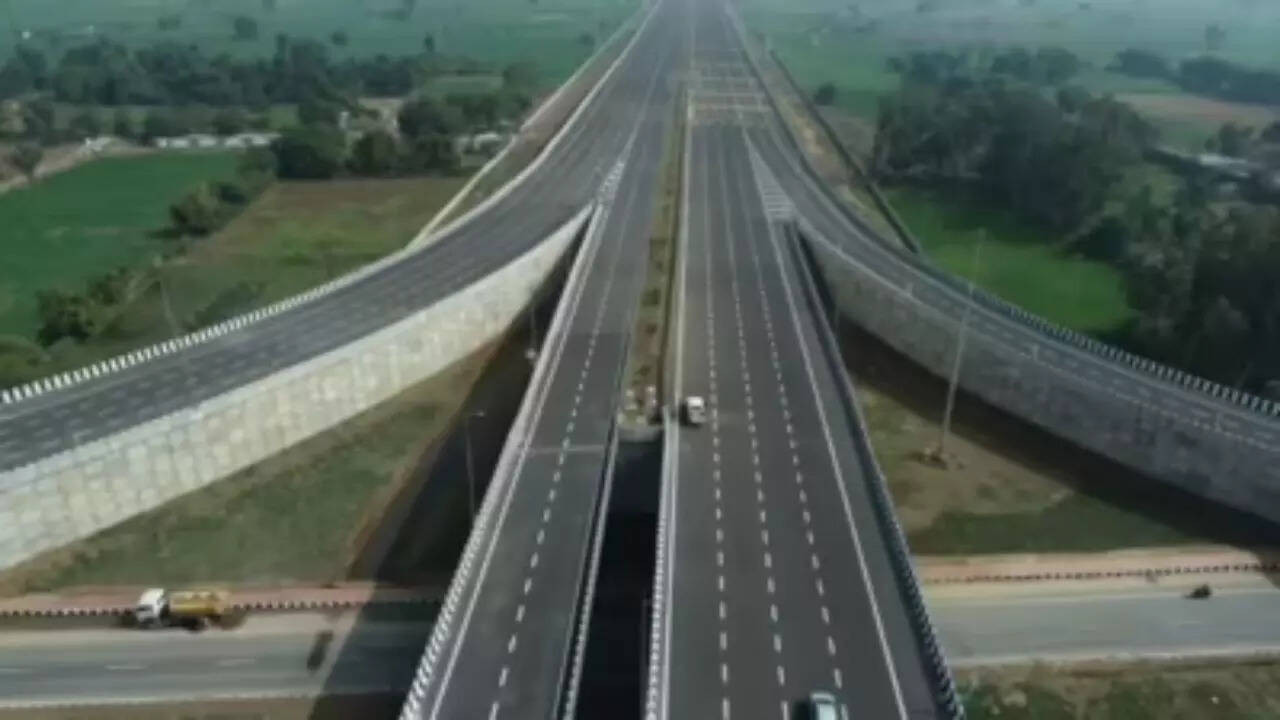To ensure timely project completion and superior construction quality, the Ministry of Roads has tightened qualification criteria for road project bids under HAM and EPC models. The revised guidelines specify higher financial prerequisites for bidders and enhanced scrutiny of sub-contracting experience.
Rough Roads Ahead? How India’s Highway Construction is Getting a Major Overhaul
For anyone who’s ever experienced the bone-jarring reality of an Indian highway, the phrase “smooth ride” can feel like a cruel joke. But what if I told you that the powers that be are finally hitting the brakes on shoddy construction and paving the way for a future where highways actually live up to their name?
The Ministry of Road Transport and Highways (MoRTH) is cracking down. They’re tired of the shortcuts, the compromised materials, and the overall lack of accountability that has plagued the sector for far too long. This isn’t just about aesthetics; it’s about safety, economic efficiency, and building infrastructure that lasts.
So, what exactly is changing? Let’s dive into the nitty-gritty of this highway construction revolution.
Cutting Corners No More: Stricter Rules for Contractors
Gone are the days of lax oversight. The revised guidelines coming down from MoRTH place significantly more responsibility on the contractors themselves. Think of it as a “skin in the game” approach. They’ll be held accountable, not just for the initial build, but also for the long-term performance of the road.
One of the most significant shifts is the extended defect liability period. Imagine buying a car and the manufacturer only guaranteeing it for a year. Ridiculous, right? Similarly, contractors will now be on the hook for a far longer period if their work crumbles under the weight of traffic and weather. This incentivizes them to use better materials, employ more robust techniques, and, frankly, care about the quality of their work.
But it doesn’t stop there. Performance-based penalties will be levied if the roads fail to meet specified standards during this extended warranty period. Ouch. That’s a direct hit to the bottom line, and a powerful motivator for doing things right the first time.
The Devil’s in the Details: Focusing on Quality and Durability
The focus is shifting from simply building roads quickly to building roads that can withstand the test of time. This means paying closer attention to every stage of the process, from the initial design to the final layer of asphalt.

New standards are being implemented for materials testing and quality control. This ensures that the aggregates used in the concrete mix are of the right size and strength, and that the asphalt binder is resistant to cracking and deformation. Advanced technologies are also being incorporated to monitor the compaction of the roadbed, which is crucial for preventing premature failure.
Think of it like baking a cake. You can’t just throw ingredients together and hope for the best. You need to measure accurately, mix thoroughly, and bake at the right temperature. Similarly, highway construction requires precision, expertise, and unwavering attention to detail.
Speed vs. Sustainability: Finding the Right Balance in Highway Construction
While speed is still a factor – nobody wants to wait decades for a new highway to be completed – it’s no longer the only factor. The revised guidelines emphasize a more holistic approach, balancing speed with sustainability and long-term cost-effectiveness.
This means considering the environmental impact of construction, using recycled materials whenever possible, and designing roads that minimize fuel consumption and emissions. It also means investing in proper drainage systems to prevent flooding and erosion, and incorporating safety features like rumble strips and reflective markings.
This renewed focus on quality in highway construction signals a fundamental shift in mindset. It’s an acknowledgement that infrastructure is not just about connecting point A to point B; it’s about building a foundation for economic growth, social progress, and a more sustainable future. For more information about how infrastructure impacts the economy, see this related article on [India’s infrastructure investment plan](internal-link).
A Smoother Ride Ahead?
Will these changes completely eliminate potholes and traffic jams overnight? Probably not. Transforming an entire sector takes time, commitment, and a willingness to embrace new ways of thinking. But the stricter rules and renewed focus on quality are a significant step in the right direction.
The road to better highways may be long and winding, but with these changes in place, we can at least hope for a smoother, safer, and more sustainable ride.







